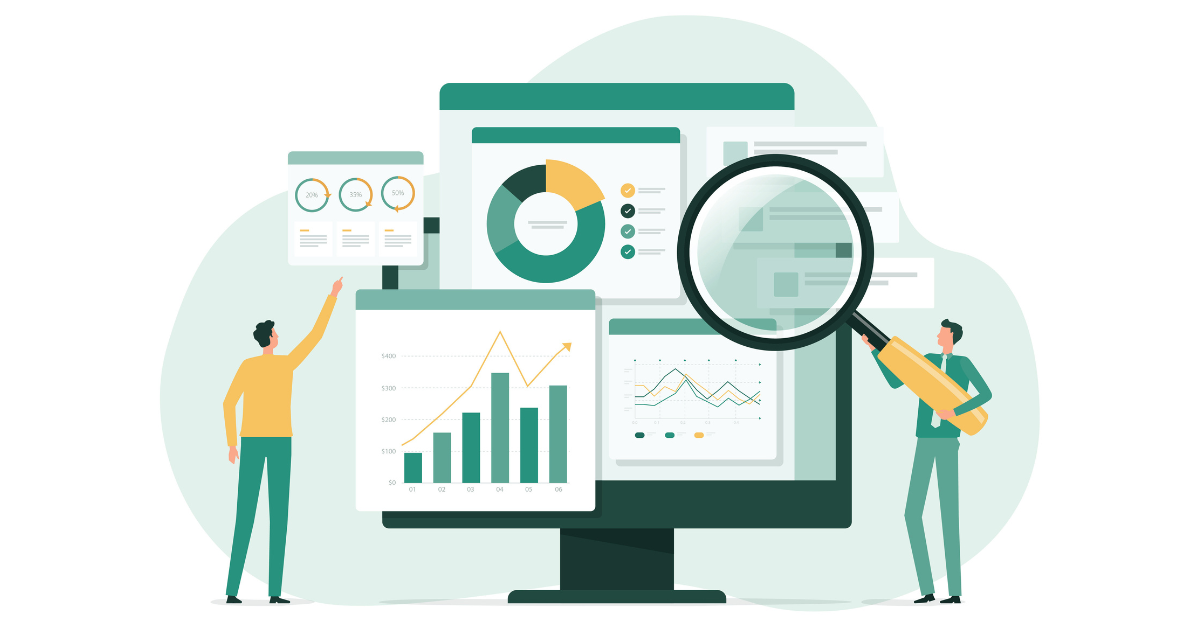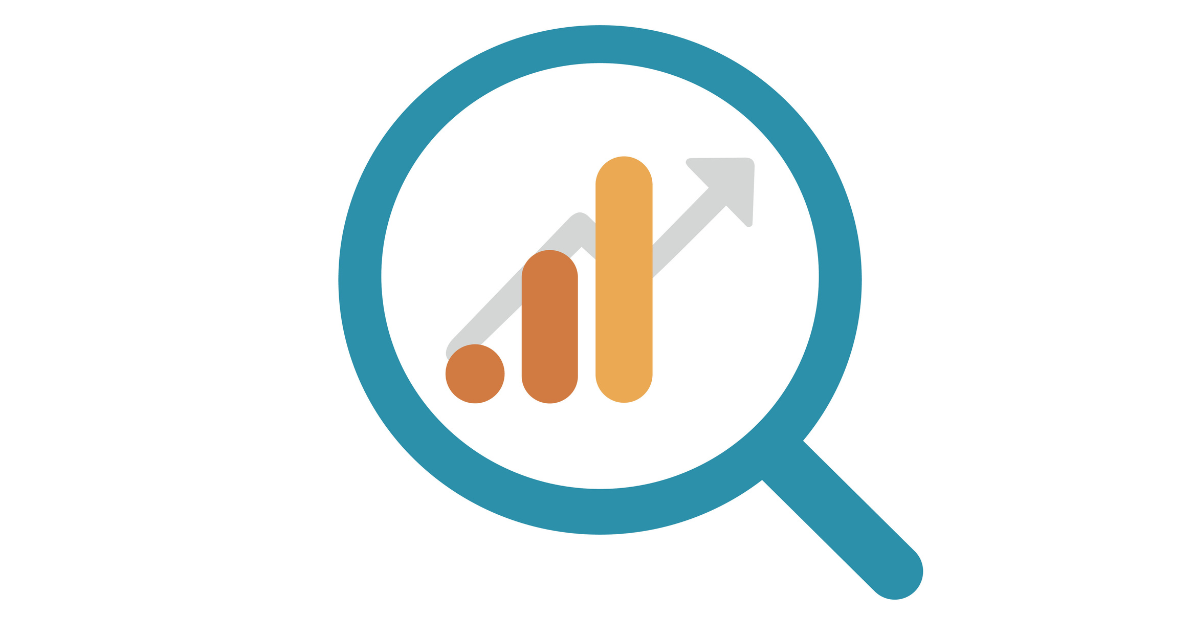There are all sorts of search engines out there crawling your sites, assessing your content’s relevance, and ranking you on a search page. As such, we’re always doing our best to ensure we’re putting high-quality content out on the web and optimizing for everything from keywords to images to site speed.
So, if we’re already putting our A game out on show, how can Google Analytics play a role in our campaign strategy? An expert in any field is always open to feedback and knows that it’s the key to becoming smarter, better, and more effective at what they do.
In the marketing world, Google Analytics functions as a resource that helps you monitor and measure just how well your business is doing and one of the best parts? This powerful and insightful tool is free to use.
What Is Google Analytics?
Google Analytics is a marketing analytics platform that helps you monitor website traffic, engagement, and “conversion” activities. As a data-driven digital marketer, it is a critical foundational element for determining your ongoing business decisions and optimization strategies.
While that may seem simple and straightforward, there’s a lot of useful information that helps you disseminate and balance the intricacies of your campaigns and the customer journey. Your website should be the core of all your business activities. Whether you’re running ads on search engines or posting content on social media, your intent is for all roads to lead back to your main website. Google Analytics helps you to understand the impact of your marketing strategy so that you can do more of what is working and make adjustments to what isn’t working.
Using Google Analytics, you’re able to see exactly what is going on, where it is going on, and how it is impacting your business. It’s basically an all-encompassing info center that tells you a holistic story of how your campaigns are impacting website performance.
What Data Can You Track with Google Analytics?
Let’s take a look at some of the crucial knowledge that Google Analytics can offer.
Google Analytics collects extensive data on all the ins and outs of your site and your campaigns. However, this primarily gets categorized into one of four levels — user level, session level, pageview level, and event level. This means you’re looking at data that speaks to the actions by each user, actions by each visit, actions by each page visited, and actions based on specific events like a click or a view.
On top of that, Google Analytics shares these data points or “Metrics” with you and lets you customize the way the information is viewed in different “Dimensions”. It might sound a bit confusing at first, but don’t worry we’re not trying to go all Matrix on you.
Think of it this way. Metrics are the stats and Dimensions are various scenarios you can apply them based on what you’re trying to figure out. For example, let’s say it tells you that a thousand people have visited your site today. That’s cool information to have from the get-go but what else? Simply knowing the number doesn’t get you very far.
However, when you view these stats through the lens of a Dimension, you’ve got your story. To continue with our example, you use demographics like age or location to parse through the numbers and are able to discover that a majority of visitors are between the ages of 20-30 or that many of them reside on the West Coast. This then becomes valuable information you can take action on.
Another category of measure that separates this data in a different way involves the type of data that can be collected. These are user acquisition data and user behavior data which speak to the information before and when a user visits your site.
Acquisition data gives you insights into where users are coming from to reach your site. Assuming you have properly tagged your campaigns with appropriate UTM tags (a topic for another time), acquisition reports give you deep insights into understanding how your campaigns across all digital channels are impacting your overall website performance.
On the other hand, behavior data is collected during a user’s visiting session to your site. This information tells you which pages they’ve browsed and how long, common pathways, and their interactions with the content. This behavior data, unlike acquisition data, can vary depending on your site. You’re able to leverage this data to improve user experience and create a seamless journey towards conversion.
Why Use Google Analytics?
As you can see, there’s plenty of useful information that Google Analytics provides. A marketer can learn a lot from analyzing the data that’s presented. It’s capable of breaking done past and current performances and informing future campaigns.
Benefits of Google Analytics
At this point, you’re probably already thinking about all the benefits your marketing campaigns can gain from Google Analytics. We’re right there with you — keep those cogs turning! Google Analytics is a powerhouse analytics tool, and you’ll find that life with it becomes much easier than life without. Here are the top benefits that we appreciate Google Analytics for:
Measuring
- Track website performance and user engagement
- Track conversions using Google Analytics Conversion Tracking
- Custom reporting tools
Analyzing
- Identify successful and unsuccessful marketing tactics
- Gain full picture of user behavior
- Discover target audience and potential new audiences
- Predictive analysis
Strategizing
- Build remarketing efforts
- Designate where resources should be directed based on data
- Plan campaigns and adapt digital marketing strategies accordingly
- Optimize or discard of content that is not performing well
Google Analytics How-To
Understanding how to utilize this tool in the most effective way involves keeping up to date with what Google Analytics offers and the new versions that are released. The good news is that Google Analytics has become somewhat of an industry standard which means there are plenty of resources and news out there whenever an update is made.
Google Analytics 4 (or GA4 as most people call it), is the most recent version of this tool. This replaces the need to rely on third-party cookies and instead uses AI and machine learning to gather data. There’s also a whole host of new features like codeless tracking, enhanced data control, and customer-centric reporting.
Beyond getting to know what’s new, learning how to get started with Analytics is also a priority if you haven’t gone through and set it up yet. This is a super straightforward process. All you need to do is create an account on the Google Analytics website and add your website as a “property” within it. From there, you’ll need to add the Google Analytics tag to each of your pages so that your account begins to populate with data.
Once your account is ready to go, you’ll be able to explore the interface, organize your data, and add important users who you want to be able to access the information.
The Takeaway
It’s no secret that Google is a powerful search engine and Google Analytics is a valuable tool that can play a critical role in understanding just what it takes to get your campaigns to the next level. Whether you choose to use it passively or actively, there are endless insights it can offer.
If you’re even a teeny bit curious about what you can learn from Analytics, take the short time needed to set it up and see the data flood in from there. You’ll find that this information will serve as an excellent guide to what’s next.



